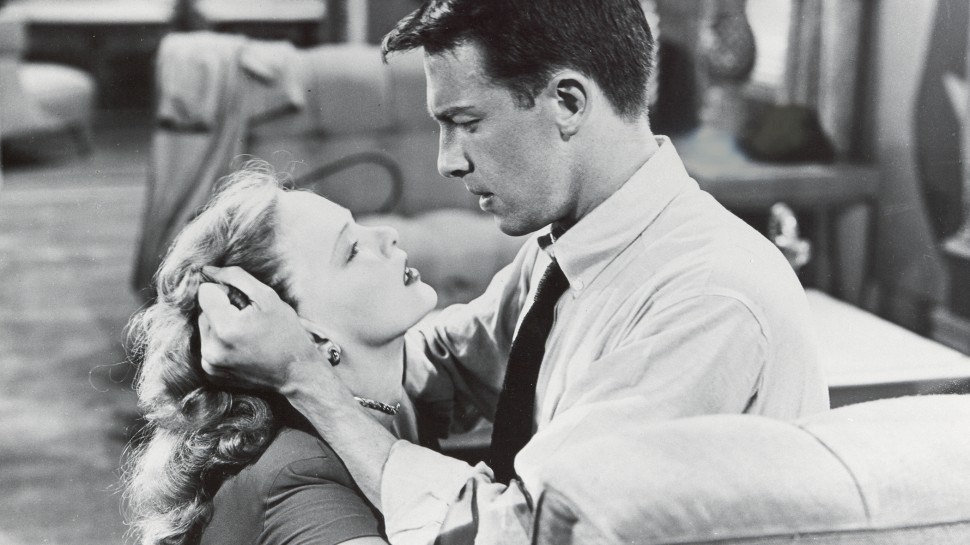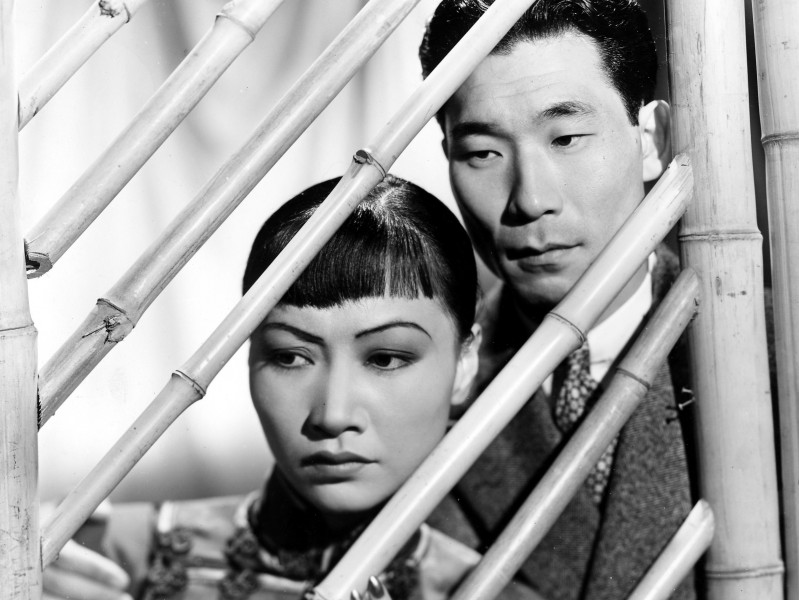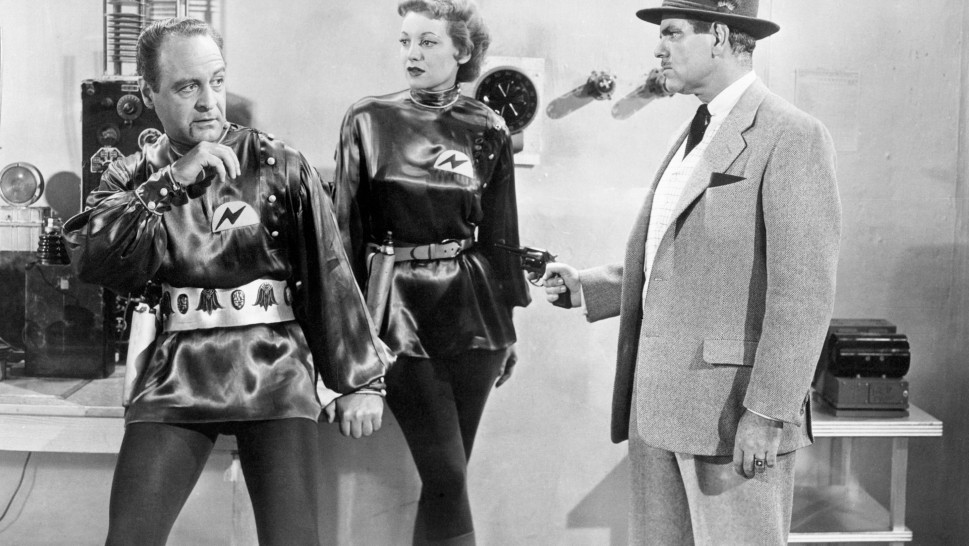


The B–Film
Low–Budget Hollywood Cinema 1935–1959
This retrospective reconsiders the history and legacy of that singular mode of low-budget filmmaking invented within the Hollywood studio system and kindled long after as an ideal and an inspiration by diverse filmmakers from Jean-Luc Godard and Seijun Suzuki to Hartmut Bitomsky and Kathryn Bigelow. The B-film was a historically specific mode of cinema that flourished from the mid-1930s until the 1948 Paramount Decree, thanks to the institution of the double bill and the dedicated B-units established within the major studios. A major aim of this archaeological project is to carefully recover the real and historically specific meaning of the B-film by showcasing its most exemplary expressions and by starting to assemble a canon. Long used as a pejorative and nostalgist term, the B-film needs to be recognized as a unique and quintessentially American art form, albeit one created largely by emigres and artists whose work and careers remained on the margins.
During its heyday, the B-film embraced to the fullest degree that paradoxical ideal of the studio system as “art factory” by realizing a remarkably efficient mode of pure cinema that simultaneously returned to cinema’s vaudevillian and "attraction” origins while embracing diverse avant-garde currents, from Surrealism to photogénie to Soviet montage. While the stylish and extraordinarily resourceful films of producer Val Lewton and emigre director Edgar G. Ulmer leap immediately to mind, equally important are examples of formally innovative yet lesser known B-films showcased here, such as William Castle’s When Strangers Marry and Joseph H. Lewis’ My Name is Julia Ross.
This retrospective also reveals the B-film as a vital incubator for a kind of innovation and experimentation in genre and narrative otherwise rare in studio-era cinema. In this way, for example, the origins of what would later be celebrated as film noir can be traced to seminal proto-noir B-films, such as Blind Alley and Stranger on the Third Floor, each a psychoanalytically informed vision of criminal pathology as a waking nightmare. Another important showcase of the seemingly free-ranging imagination of the B-film are those works chosen for the retrospective that are linked by a fascination with the supernatural and the occult, among them The Leopard Man, The Falcon and the Co-eds and Weird Woman, which together offer a remarkably frank address of the mysteries of death and spiritual belief not often seen in more topically serious “A” features of the time. Equally striking is the radical hybridization of genre that animates key B-films such as William McGann’s outlandish and shapeshifting comedy-mystery-horror film Sh! The Octopus or the tongue-in-cheek murder mystery Nine Girls. In these unclassifiable films, we can start to understand the B-film as a different and often self-conscious mode of filmmaking, one used by the studios to experiment with bending and giving new shape to already established genre formulas. The majority of the films in this series are presented as double-bills to evoke the B-film’s status as the second part of the show and to showcase how the great B-films create a kind of shock effect of contrast with, and subversion of, what came before.
While focused upon the 1935-1948 period, this series also points towards the afterlife of the B-film by including a group of Fifties films mostly made by individuals trained earlier in B production, such as Joseph H. Lewis and Norman Foster. In the post-Classical era the B-film lingered on, though differently, in the work of inventive directors and producers who deliberately and subversively forged artistic freedom and possibility on the lower end of the budget scale, such as Ida Lupino, Phil Karlson and Budd Boetticher. Further legacies of the B-film are suggested by showcasing in this retrospective the legendary Ed Wood, Jr. as well as pioneering yet little known independent directors Hubert Cornfield and Irving Lerner. For in these filmmakers’ diverse works we see embodied later mutations of the B-film into alternate modes of low-budget production—exploitation, schlock and the low-budget genre/art film—that each adopt and reinvented, in their own way, the remarkable example and mantle of the studio-era B-film. – Haden Guest
A version of this program originally appeared as the centerpiece of the 2018 Viennale. The accompanying book The B-Film, Low Budget Hollywood Cinema 1935-1959 is available for sale at the HFA box office and in the Carpenter Center Bookshop.


































